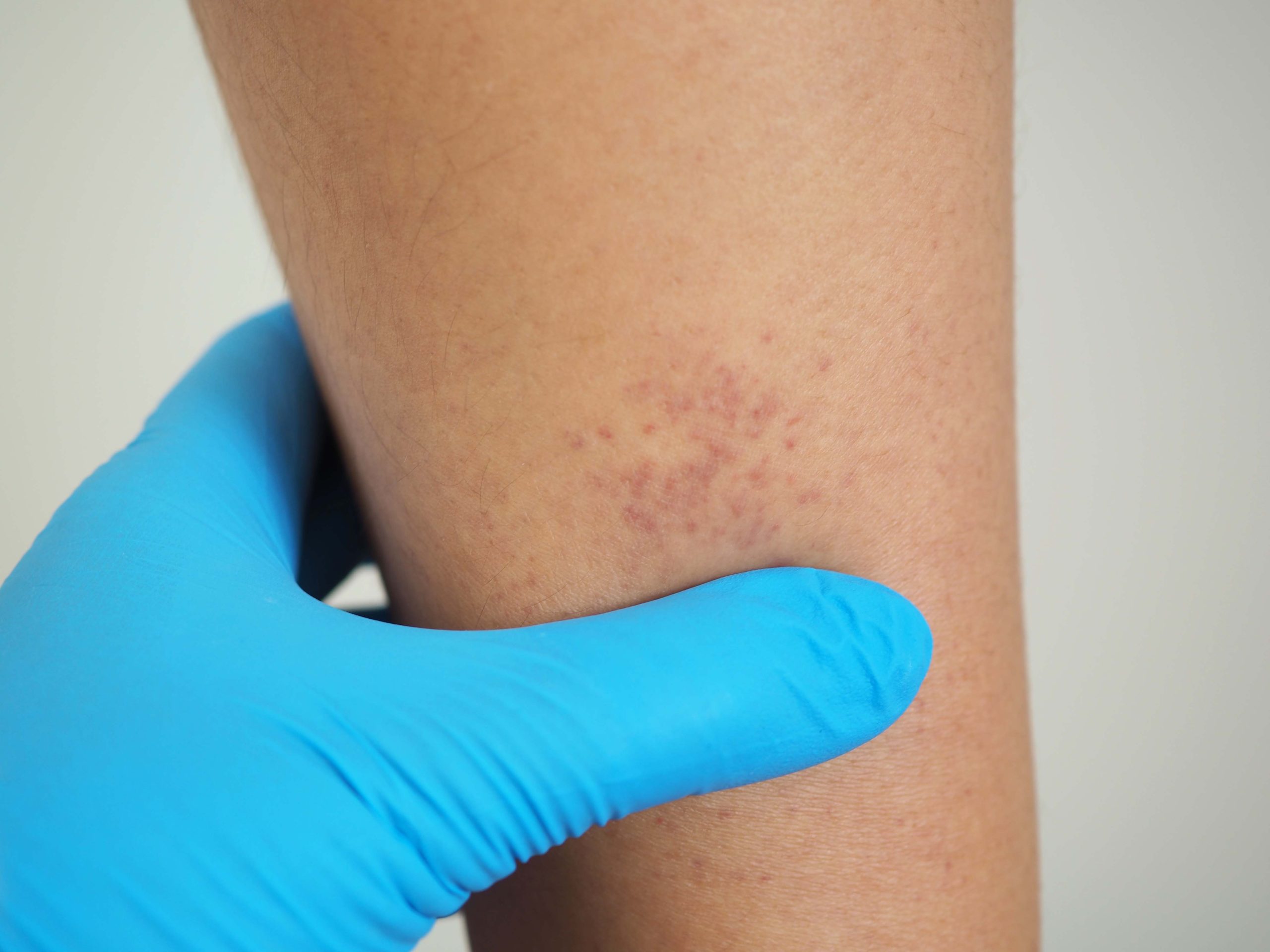
In a retrospective study and meta-analysis published in Lupus Science & Medicine, researchers sought to elucidate the risk of connective tissue diseases (CTDs) in antinuclear antibody (ANA)-positive patients with immune thrombocytopenia (ITP). According to lead authors Yuan Liu, Shiju Chen, and Guomei Yang, their analyses suggested that “ANA-positive primary ITP is a clinical entity distinct from other primary ITPs and is associated with increased risk of developing CTDs, especially systemic lupus erythematosus (SLE).”
The study included a systematic literature review and meta-analysis in addition to a retrospective cohort study of 586 patients with newly diagnosed primary ITP. Cox regression models were used to determine the associations between ANA positivity and other immune markers with CTDs.
Over a mean follow-up of 37 months (range: 19–56), ANA positivity was recorded in 21.33% of patients in the retrospective cohort, with an overall rate of 17.06% in the entire meta-analysis (369 of 2,163). The investigators calculated an adjusted hazard ratio (HR) for CTD in ANA-positive ITP of 6.15 (95% confidence interval [CI], 2.66–14.23; p <0.001). Reportedly, five patients in the ANA-positive group developed SLE, while zero patients in the ANA-negative group did
Using this data, the authors constructed a model based on ANA status, anti-Sjogren’s syndrome A antibody, and C3 that was able to successfully develop the risk of CTD in patients with primary ITP. Finally, the authors stated that the increased risk of CTD (risk ratio = 12.43; 95% CI, 7.91–19.55; p <0.00001) and particularly SLE (risk ratio = 30.41; 95% CI 13.32–69.86; p <0.00001) in this patient population was “confirmed by a meta-analysis of previous studies and the present study.”
In their conclusion, the authors reemphasized their perspective of ANA-positive primary ITP as a distinct clinical condition. For other researchers, they proposed that “studies on ANA-positive primary ITP might help us a lot in better management of primary ITP and achieving an early diagnosis of SLE, and moreover may open a new window to understanding the early pathogenesis course of SLE.







 © 2025 Mashup Media, LLC, a Formedics Property. All Rights Reserved.
© 2025 Mashup Media, LLC, a Formedics Property. All Rights Reserved.